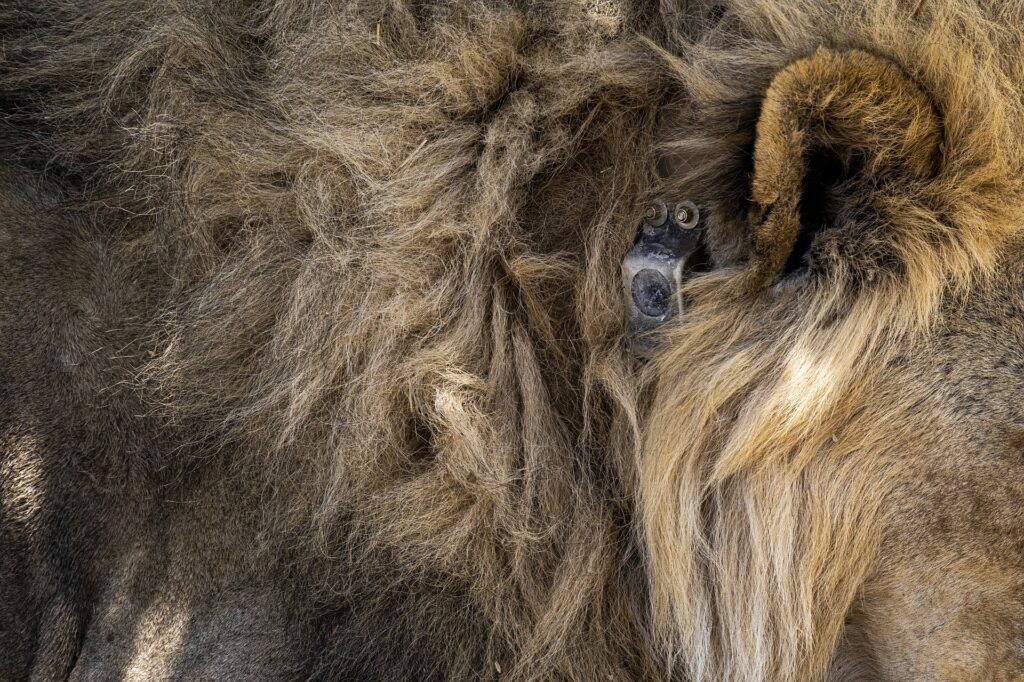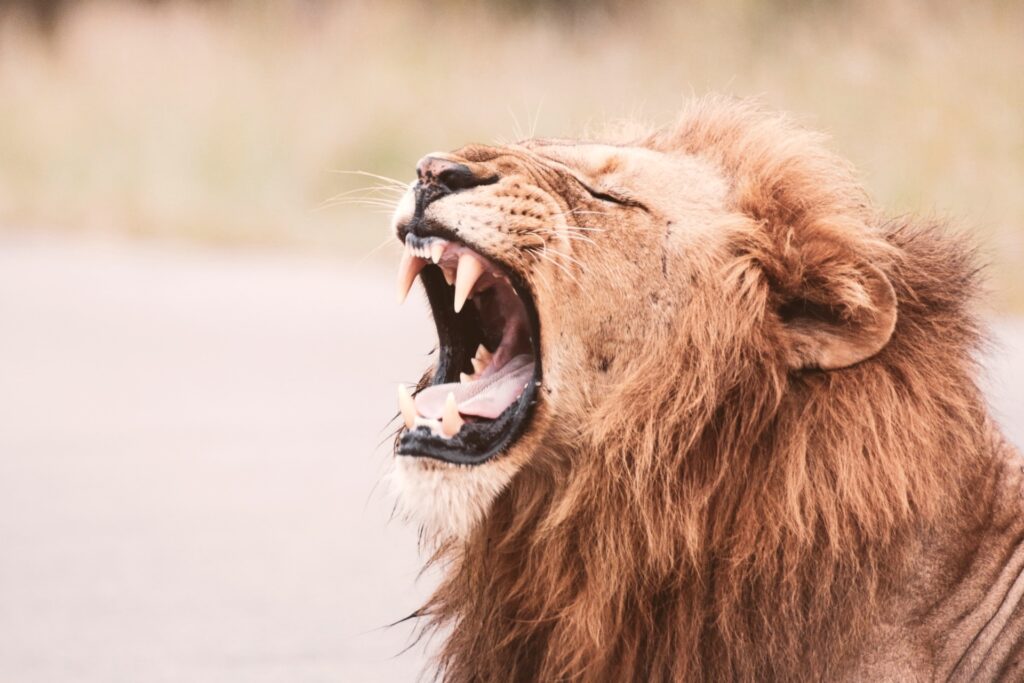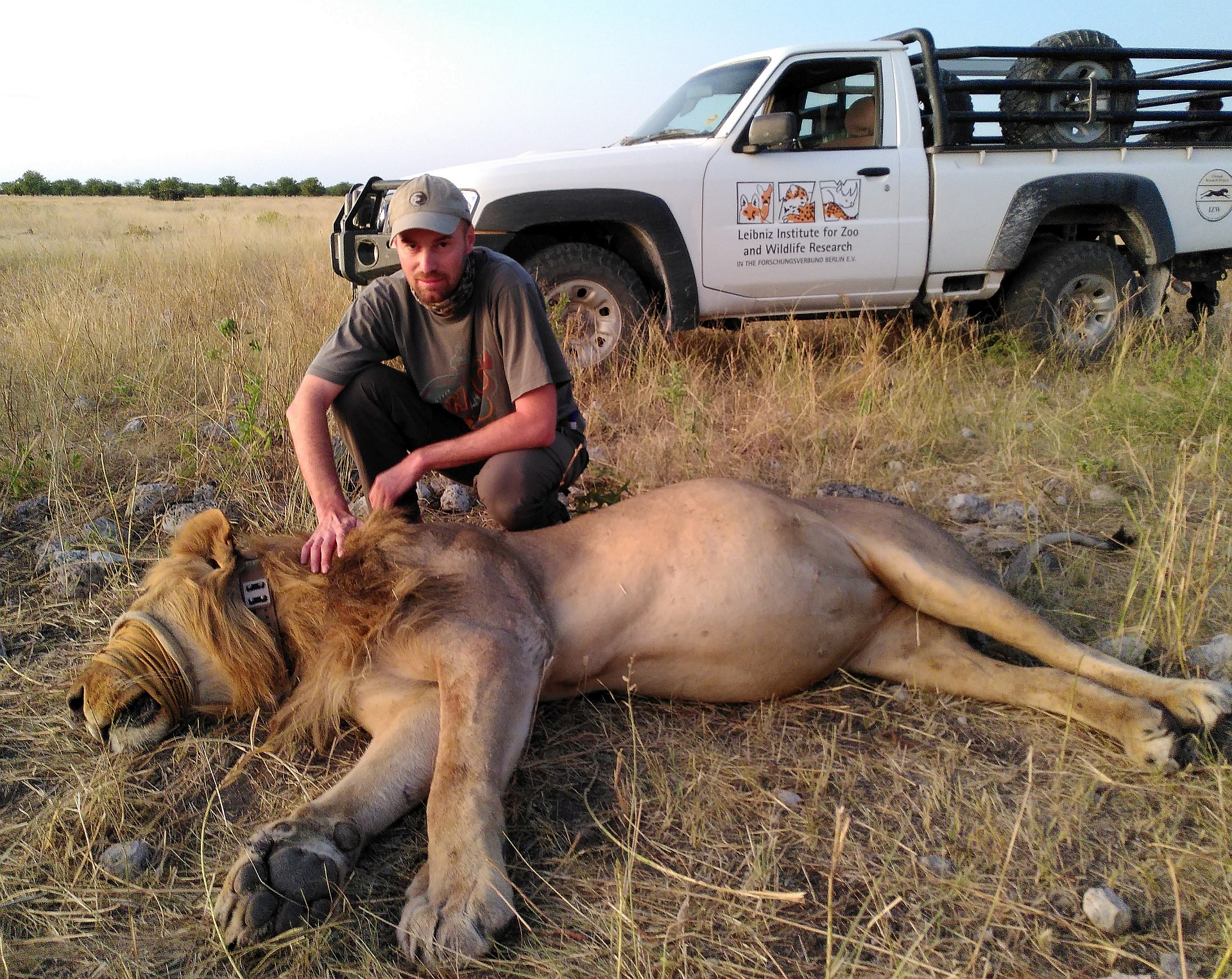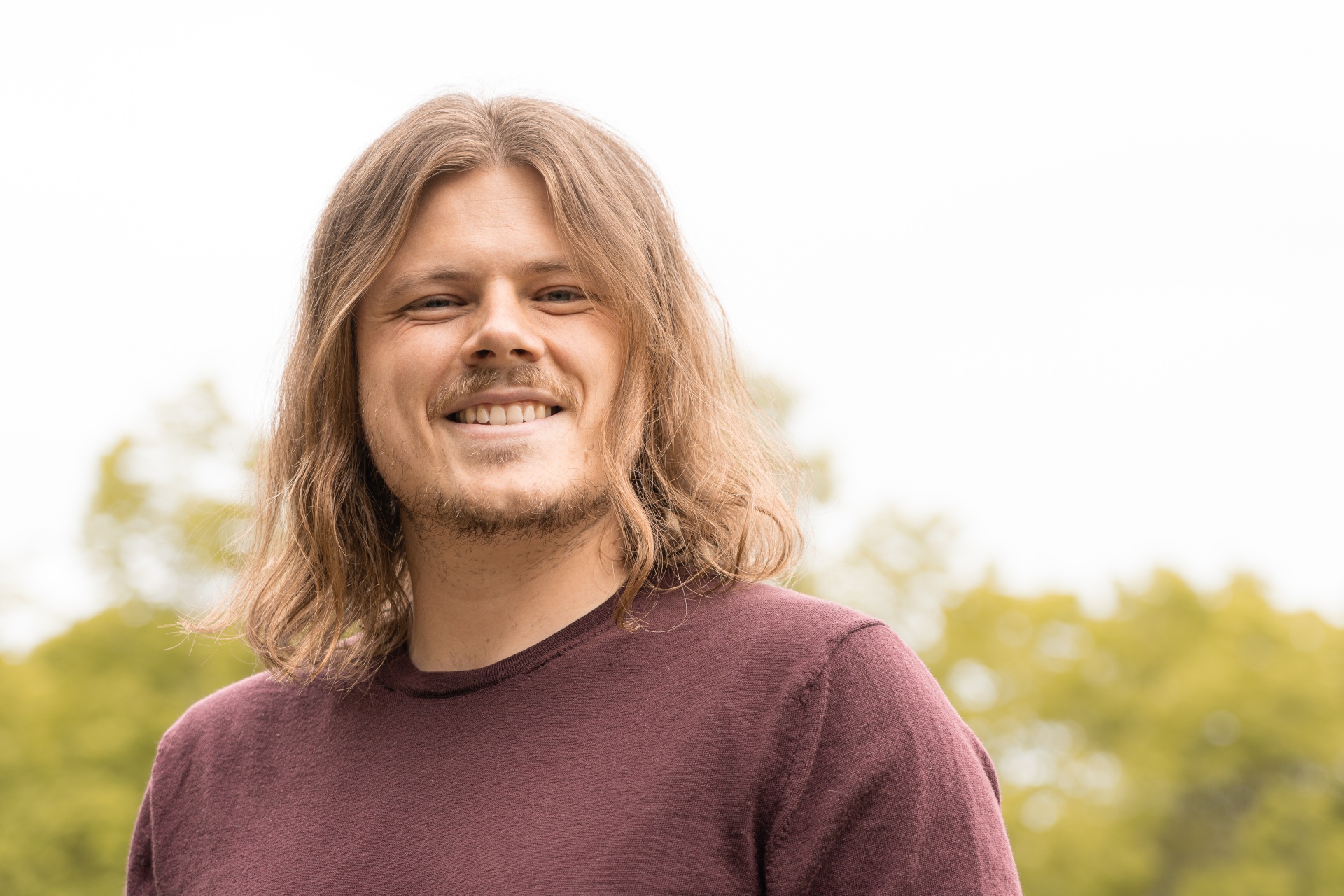The overarching mission of GAIA is to understand complex interactions in ecosystems to the degree that makes it possible to predict or early-detect changes or critical incidents in these ecosystems by monitoring a few key species, functions or processes. Advanced monitoring encompasses developing the tools to “hack” into the web of life and understanding key processes well enough to do make sense of monitoring data. One of these key processes GAIA identified for savannah ecosystems are predator-scavenger interactions and, more specifically, intraspecific communication and interaction in both predators – lions – and scavengers – vultures. Therefore, as part of the GAIA research agenda, PhD student Douglas Branch investigates the intraspecific communication of lions using animal-borne sensors and artificial intelligence to understand the evolutionary function of lion long-distance communication.



Lions have a hugely complex communication system using visual, chemical, physical, and acoustic signals. They use these signals coordinate their movements and avoid conflict. The only way lions have to communicate over long distances is to roar, a loud series of load moans and grunts. This iconic vocal communication has thoroughly researched but the function of roaring is still not understood; female lion long distance communication is even completely unresearched. It is known that males’ lions do not roar to communicate their quality to female lions and it is suspected but not confirmed that lions roar to maintain territories.
Previous research largely relied on playback experiments and direct audio recording from handheld microphones. GAIA is moving one significant step beyond and imprints its high-tech approach on this field of research: By using animal-borne sensors and artificial intelligence to collect and analyse audio data, it is possible to gain a lion’s point of view of roaring. Combining audio data with the precise movement data of individual lions, it is possible to not only understand the evolutionary function of lion long distance communications but to specifically unravel how lions coordinate their movements through intraspecific communication and how spatial behaviour influences vocalisation.
The advanced understanding of animal communication and behaviour can hold the key to solve conservation and management challenges, especially when sentinel species or conflict species are involved. Specifically, understanding how lions coordinate their movements can be particularly relevant to mitigating human-wildlife conflict (HWC) as it allows to predict when lions may come into contact with humans and livestock.



